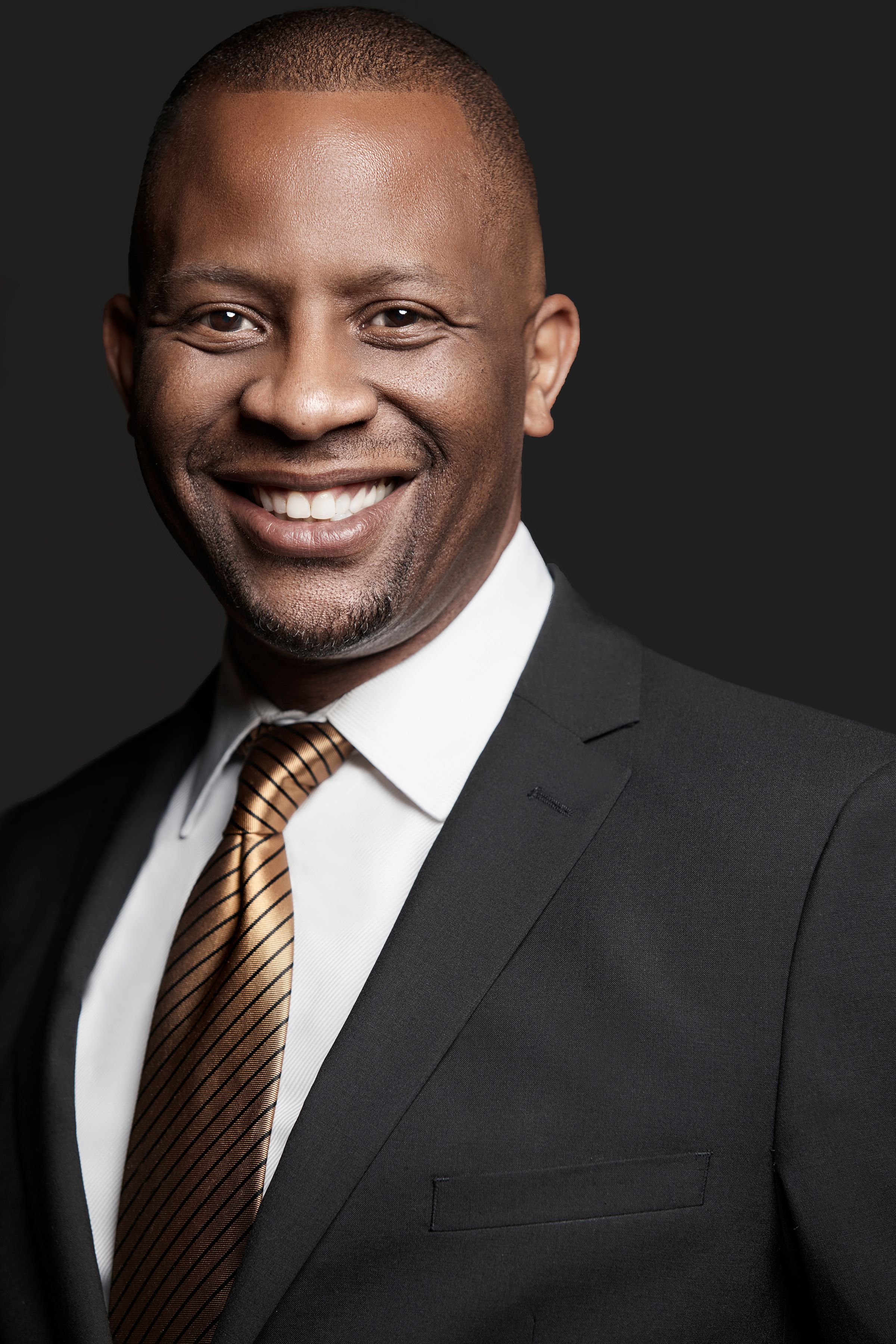Anton Bizzell talks about health equity
The president and CEO of the Bizzell Group talked about going directly to patients and the need for a more diverse workforce. He also talked about the importance of improving COVID-19 vaccination in minority communities.
Disparities in healthcare existed long before the emergence of COVID-19, but the pandemic certainly widened gaps in outcomes, says Anton C. BIzzell.
“Prior to the pandemic, we’ve seen people of color, they’ve had longstanding disparities around health,” Bizell said. “It’s exacerbated. It’s gotten worse when we look at the measures.”
Anton Bizzell (Photo: Roy Cox)

Bizzell, the CEO of The Bizzell Group, a healthcare consulting firm, spoke with Chief Healthcare Executive about health equity, building trust among patients, and developing a more diverse pool of healthcare professionals. Bizzell has held posts in the National Institutes of Health and the Substance Abuse and Mental Health Service Administration.
Healthcare officials have repeatedly stressed the COVID-19 pandemic has taken a greater toll in Black and Latino communities. In the United States, the average lifespan dropped by nearly two years in 2020, the first year of the pandemic, according to a recent study published on JAMA Network Open. However, for Black and Latino Americans, the drop was more than three years.
Members of minority communities have more difficulties getting access to healthcare.
“Even in this pandemic, folks are not able to get to their appointments because of transportation issues, or because they are working, or because they can’t get daycare,” Bizzell said.
Health experts have talked about the disparities in COVID-19 vaccination rates among Black Americans. Through early April, 57% of Black Americans had been vaccinated, well below the rates of white Americans (63%), Hispanic Americans (65%) and Asian Americans (85%), the Kaiser Family Foundation reported. The data does indicate encouraging success in boosting vaccination rates in Latino communities.
The pandemic also illustrated an important lesson for healthcare leaders: It’s not enough to invite people to come to their medical centers for vaccinations.
“We have to go where they are,” he said.
With April being National Minority Health Month, Bizzell has promoted this year’s theme of “Give your community a boost.” The effort, led by the U.S. Department of Health and Human Services, has stressed the importance of COVID-19 vaccines.
As Bizzell wrote in a recent piece published by Psychology Today, vaccine hesitancy has dropped in Black communities, but lack of access remains an issue. “COVID-19 is not over in the United States or around the world, and minority groups have been hit hard by the virus,” he wrote.
In some minority communities, health systems have learned the value of teaming with local leaders to address issues such as vaccination. “You’ve got to go with those trusted leaders in your communities,” BIzzell said.
It also helps to bring Black doctors in neighborhoods with a high concentration of Black residents, or Latino doctors in communities with large Latino populations. “They want to go to physicians and providers that look like them,” Bizzell said.
Bizzell recalled growing up in North Carolina and said some of his relatives “didn’t go to doctors because they didn’t see a doctor that looked like them.”
However, Bizzell acknowledged a bigger problem confronting the healthcare industry: a glaring lack of diversity. In some states, Black and Latino doctors aren’t going to find many physicians who look like them.
Nationwide, only 5% of doctors are Black and 5% of physicians identify as Latino, according to data from the Association of American Medical Colleges. In a few states, Black doctors make up 1% - or less - of the physician workforce.
It’s imperative for the healthcare industry to build a more diverse workforce, Bizzell said. "We need a stronger pipeline," he said.
Bizzell said the industry must start sparking an interest in medicine among you people. And it goes beyond engaging people in high school and college.
“We have to start in grade school and even elementary school,” Bizzell said.
For those young people hoping to enter medical school, Bizzell said the federal government needs to invest more in graduate medical education to train doctors. Healthcare advocates say that some promising students from minority groups can’t afford to go to medical school. Last fall, the White House announced an investment of $1.5 billion to expand and diversify the physician workforce.
As health leaders aim to get a more diverse group of aspiring physicians, Bizzell said it’s important to recruit students with disabilities. In 2021, about 8% of medical school graduates identified as having a disability. But less than half of those students said their medical schools gave them accommodations to assist them, an AAMC survey found.
In terms of expanding access to healthcare, Bizzell spoke of the possibilities of telemedicine in bridging gaps.
But he said health systems need to design telehealth solutions with minority and underserved populations in mind to avoid worsening health disparities. A recent federal report pointed to disparities in telehealth access, with Black and Latino patients utilizing video telemedicine services less frequently than white patients.
Health systems also need to consider telehealth solutions for those who don’t speak English comfortably and for those with hearing impairments.
Providers also need to offer proper training to clinicians in the use of telehealth, he said.
“We must design health solutions from the beginning with everyone in mind,” Bizzell said.
More from Chief Healthcare Executive
Using telehealth to improve equity and access
Children’s hospitals face complex challenges dealing with disasters
April 18th 2025Pediatric hospitals deal with different factors in weather-related events and other emergencies. Terri Wilson of the Children’s Hospital Association talks about the challenges and the need for more planning and support.
Telehealth faces a looming deadline in Washington | Healthy Bottom Line podcast
February 12th 2025Once again, the clock is ticking on waivers for telemedicine and hospital-at-home programs. Kyle Zebley of the American Telemedicine Association talks about the push on Congress and the White House.